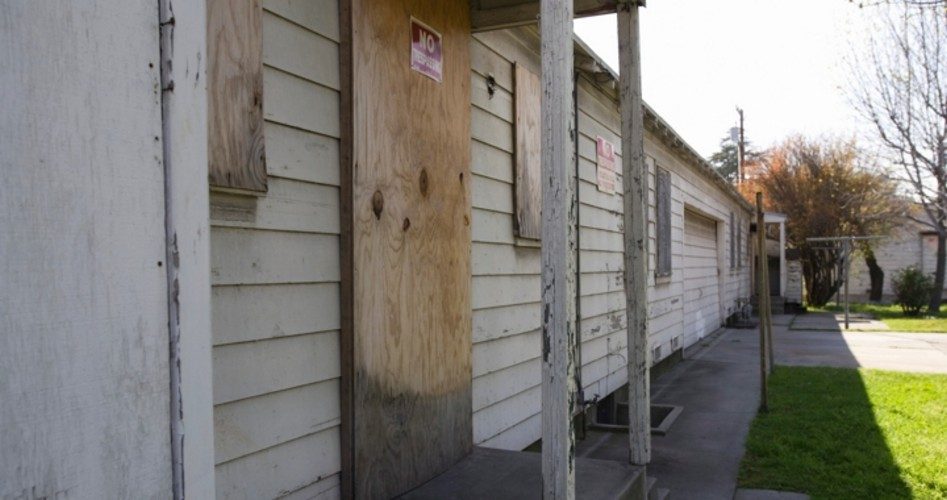
Back in September, the Associated Press took a close look at U.S. census data and learned that the supposed economic recovery was leaving an awful lot of people behind. One segment is homeowners who bought the dream of owning a home using ARMs — adjustable rate mortgages — and who are now finding out how these sub-prime mortgages really work. ARMs are forcing homeowners to walk away from their mortgages, resulting in declining home ownership rates for the fifth straight year.
The number who has lost their homes is now seven million, and as interest rates rise, that number is bound to increase.
One of the most popular, and pernicious, of the ARMs is called a 2/28 — a type of mortgage that starts off with a very low interest rate for the first two years, and after that the interest rate rises based upon an index, plus a margin. As Investopedia puts it: “A 2/28 ARM is designed as a short-term financing vehicle that provides homeowners with time to repair their credit before they refinance into a new mortgage with more favorable terms.”
Buried in the fine print, however, is this warning:
[Homeowners utilizing ARMs] don’t recognize just how much their monthly payments will increase when the interest rate starts to adjust….
There is a high probability that the fully indexed interest rate will be substantially higher than the initial two-year fixed interest rate. Once [that happens] the borrower’s payments … will increase as well.
This is precisely what happened to Rebecca Black, a U.S. Army veteran and a single mother with two teenage sons. She bought her three-bedroom home on the south side of Memphis in 2005 for $61,750, putting down $4,750 and financing the balance with a 2/28 ARM. She could make the payments and was glad to live in a modest but nice neighborhood.
Her ARM started to adjust two years later but with the Federal Reserve pushing interest rates down, she could still manage the payments. But when the Great Recession hit, some of her neighbors weren’t so lucky, and they began to abandon the neighborhood. Crime began to increase, vandalism became rampant, and one of her sons was threatened by some nearby kids.
And then, she couldn’t make the payments. When the foreclosure process was nearly complete, she packed herself and her kids into her Chevy Astro and left town. Said Black: “I was crazy about that house, and so proud of it. I just didn’t have enough money.”
She filed for bankruptcy in 2010.
Today there are 15 properties on her side of the street. Six of them are vacant, most of them owing back taxes. Hers has been boarded up to keep vandals out, but because her bank never took ownership, she got a bill from the mortgage company for securing her place. Technically, despite the bankruptcy, she still owns it.
Bob Irvy, in his book The Seven Sins of Wall Street: Big Banks, Their Washington Lackeys and the Next Financial Crisis, says that her mortgage company, part of JPMorgan Chase, has essentially written Black off as a cost of doing business. Even though Black is bankrupt, the big banks are doing just fine. Writes Irvy:
In 2009, Treasury earmarked $50 billion to help failing homeowners. By October 2012, the department had spent $5.5 billion, with another $5 billion committed.
That might seem like a staggering bounty, until you compare it to assistance for the banks, which in 2008 — the depths of the financial crisis — collectively got $1.2 trillion of loans from the Federal Reserve.
As interest rates move inexorably higher, so will those ARM payments. With those increases will come more foreclosures. For Rebecca Black that will be small comfort.
A graduate of Cornell University and a former investment advisor, Bob is a regular contributor to The New American magazine and blogs frequently at www.LightFromTheRight.com, primarily on economics and politics. He can be reached at [email protected].



